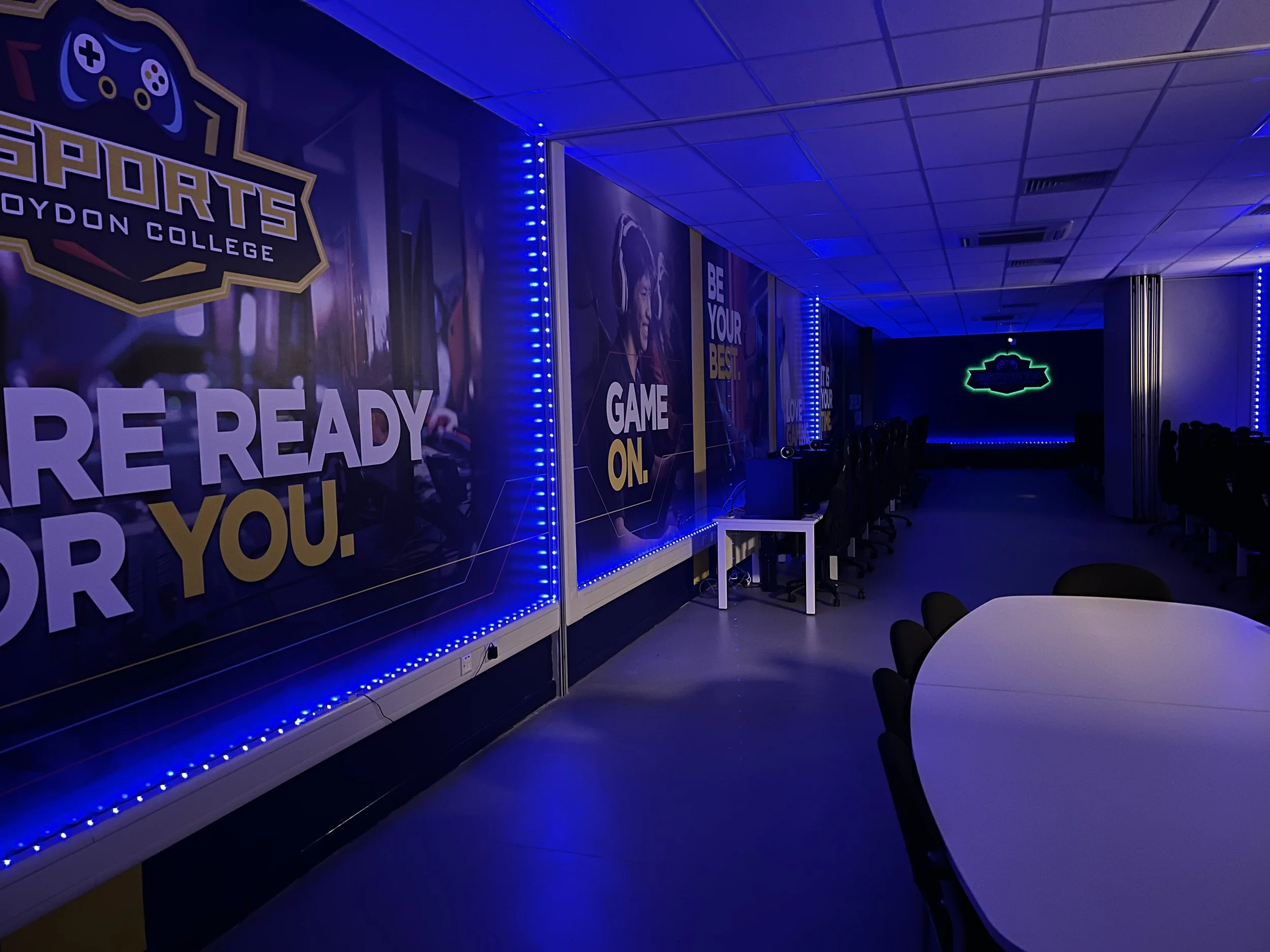EMBRACING THE EVOLUTION: DESIGN TRENDS FOR FUTURE SCHOOL ENVIRONMENTS
As education evolves, so must the spaces in which students learn. Traditional classroom settings are no longer sufficient for fostering creativity, collaboration, and adaptability—skills that are crucial in the modern world. Schools are increasingly shifting towards innovative designs that accommodate new teaching methods, technological advancements, and sustainability goals.
The future of school design focuses on creating flexible, student-centred environments that enhance both academic performance and well-being. From innovative technology integration to eco-friendly building materials, this article explores the key trends that will shape the next generation of learning spaces.
Flexible Learning Environments
Gone are the days of rigid, one-size-fits-all classrooms. Modern schools are embracing flexible learning environments that allow students to learn in ways that best suit their individual needs. This includes open-plan classrooms, modular furniture, and movable walls that can be adjusted for group collaboration or independent study.
Multi-purpose spaces are also gaining popularity, allowing classrooms to transition into performance areas, laboratories, or quiet study zones as needed. This adaptability ensures that school spaces can accommodate various learning styles and activities without requiring costly renovations.
Smart Technology Integration
Technology is playing an increasingly significant role in education, and school designs are evolving to incorporate smart solutions. Interactive whiteboards, virtual reality labs, and cloud-based educational tools enhance engagement and improve the educational experience.
Schools are also investing in infrastructure to support digital learning, such as high-speed internet, cloud-based collaboration tools, and data-driven classroom management systems. Smart lighting and climate control systems also contribute to energy efficiency, providing comfortable learning environments.
Sustainability and Green Building Practices
With climate change concerns on the rise, schools are prioritising sustainability in their construction and design. Green building materials, such as recycled wood, non-toxic paints, and energy-efficient insulation, are becoming standard features.
Many schools are also implementing renewable energy sources, such as solar panels and geothermal heating, to reduce their carbon footprint. Additionally, incorporating green spaces, rooftop gardens, and outdoor learning areas improves air quality, encourages physical activity, and fosters a connection to nature.
Emphasis on Health and Well-Being
The physical and mental well-being of students and teachers is a major focus in modern school design. Natural lighting, improved air circulation, and ergonomic furniture contribute to a healthier indoor environment.
Designs that prioritise biophilic elements—such as indoor plants, water features, and natural materials—have been shown to reduce stress and enhance cognitive function. Schools are also investing in wellness spaces, such as quiet rooms and sensory-friendly classrooms, to support students with diverse needs.
Multi-Use and Future-Ready Infrastructure
As educational institutions prepare for the future, they are investing in multi-use facilities that can serve different purposes over time. Instead of constructing buildings with fixed layouts, schools are opting for modular designs that can be reconfigured to support evolving curriculum needs.
For example, classrooms designed for traditional lectures can be easily transformed into science labs, tech incubators, or creative studios with minimal structural changes. This future-ready approach ensures that schools remain relevant and functional for years to come without requiring significant renovations or costly expansions.
Conclusion
The future of school design is centred on adaptability, sustainability, and student well-being. By embracing flexible learning spaces, integrating technology, and prioritising environmental responsibility, educational institutions can create dynamic environments that prepare students for the challenges of tomorrow.
If you are looking to modernise your school facilities or incorporate the latest design trends, Ash Technical Construction is here to help. Our team specialises in innovative and sustainable school construction, ensuring that every learning space is designed for the future. Contact us today to discuss your school’s needs and bring your vision to life.

